In 364 the empire officially splits into the Roman Empire in the west and the Byzantine Empire in the east As Rome declines, Constantinople becomes more important In 394 The Emperor Theodocious declares Christianity the official religion of the empire, outlawing the worship of the ancient Greek and Roman Gods The Byzantine Empire, known as the surviving eastern half of the Roman Empire, can be taken as example After the Roman Empire began declining and the two sides split in 395 CE, the Byzantine Empire still kept the Christian faith Maintaining Christian practices led to the integration of the religion into citizens' daily livesCheck out how late Imperial Rome transformed in the centuries from Constantine to Justinian, as it evol
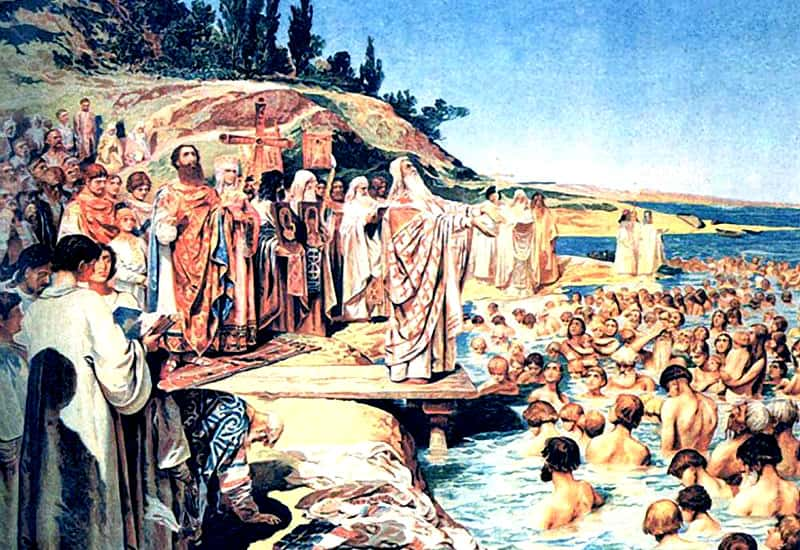
43 Imperial Facts About The Byzantine Empire
Byzantine empire religion facts
Byzantine empire religion facts-The Byzantine Empire pays tribute 11,000 lbs gold/year 531–579 Reign of Khosrau I, "with the immortal soul" (Anushirvan)Series of edicts essentially banning pagan religion In 391 and 392, Theodosius issued a series of edicts essentially banning pagan religion Pagan festivals and sacrifices were banned, as was access to all pagan temples and places of worship



Rome The Byzantine Empire History S Historiesyou Are History We Are The Future
The Byzantine Empire lasted until 1453 when Constantinople was conquered by the Turkish Ottoman Empire Byzantine art and architecture is usually divided into three historical periods the Early Byzantine from c , the Middle Byzantine from c , and Late Byzantine from cFacts about Byzantine Empire 9 The ecclesiastical forms The byzantine music was reflected in the ecclesiastical forms They are considered as the church, festival and ceremonial musicIt was the official religion of the ancient Byzantine Empire, based at Constantinople (Byzantium), which spread its influence not only throughout all of the Eastern base of the Mediterranean but also to the countries of the lower Danube and Balkan Peninsula and up into all of the Slavic countries
The Byzantine Empire from Constantine the Great to Heraclius (300 641) The Byzantine Empire through the 'Dark Ages' (a political history from 641 to 780); The Byzantine Empire was mainly comprised of an array of small towns and seaports connected by a developed infrastructure Production was very high, and there was a notable growth in land ownership The Byzantines followed a Christian lifestyle which revolved around the home, where women dedicated themselves to the upbringing of their children The most important impact of religion on the Byzantine Empire is the belief that the emperors are Christ's representative on earth This is a radical idea as far as Christianity is concerned because spiritual and temporal power rests in one man This is also a problematic issue when it comes to absolute control and checks and balances
The Byzantine Empire was the eastern half of the Roman Empire, and it survived over a thousand years after the western half dissolved A series of regional traumas—including pestilence, warfare, social upheaval, and the Arab Muslim assault of the 630s—marked its cultural and institutional transformation from the Eastern Roman Empire to the Byzantine Empire Byzantine Empire facts for kids The Byzantine Empire (or Eastern Roman Empire) was the name of the eastern remnant of the Roman Empire which survived into the Middle Ages Its capital was Constantinople, which today is in Turkey and is now called Istanbul Unlike the Western Roman Empire, the most important language was Greek, not Latin, andDescribe relationship between byzantine empire and Roman empire Click card to see definition 👆 Tap card to see definition 👆 Rome had influenced byzantines politics governed by successors of eastern rome influenced Roman culture ex christianity as state religion ex greek was language



Q Tbn And9gcrxmkkhxp4onrvsr1cusxd7l3hajk54vclmsh1 Vooviijbbcgd Usqp Cau



Geographic Features Postivie Byzantine Empire
The Byzantine Empire, also known as the Eastern Roman Empire, has a long history of around 1000 years Due to its location and unique history, it has influenced a lot of cultures and historical events throughout its existence Its story is heavilyThe History gives an account of the ascendant Byzantine Empire in their wars against the Arabs of Crete and Asia Minor and against the Bulgars and Russians in Europe, which for the first time in centuries, demonstrated the military superiority of the empire That Leo was a welleducated individual is indicated by his numerous quotes from B yzantine art, which developed as a branch of the Roman Empire, was mainly distinguished by a move away from naturalism within Classical Art towards a more abstracted and worldwide look The Byzantine empire spanned more than one thousand years and included works created during the 14 th and 15 th centuries Seen as a significant period in the development of Western art, Byzantine



The Byzantine Empire 6th Grade Social Studies
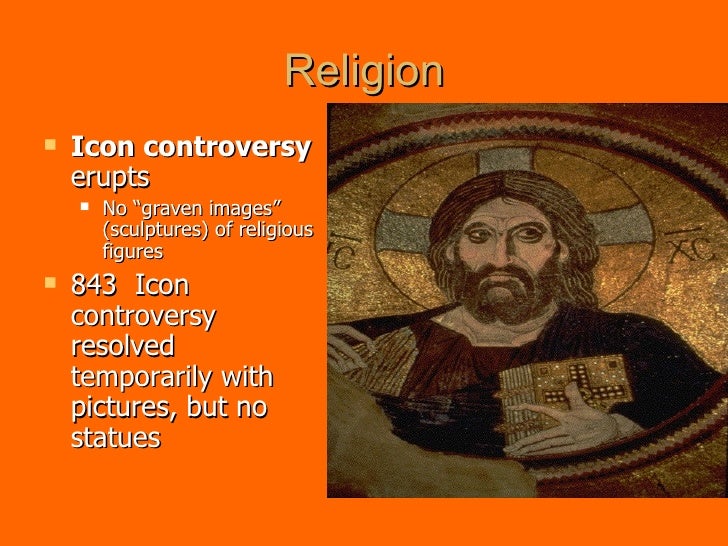



Ap Byzantine Empire And Islam Timeline
The history of the Byzantine Empire starts with the adoption of Christianity and foundation of Constantinople by Constantine I the GreatThe final division between East and West in the Roman Empire came after the death of Theodosius I (395) and the accession of his elder son, Arcadius, in the East marked its supremacy Both parts now suffered the attacks of barbarians,Going to include the changes of religion in the Byzantine Empire and the beginning troubles with the Church and Papacy in Rome His and Diocletian?s reforms are succinctly recorded, and an extremely detailed line of Emperors and the Byzantine society up until the sixth century follow Western Europeans sided with the Latins and wished revenge on the Orthodox church for the killings After the fall of Byzantine Empire, the horrifying violence of the Crusaders led the Orthodox church to carry a powerful grudge in opposition to the Western church which lasted for hundreds of years
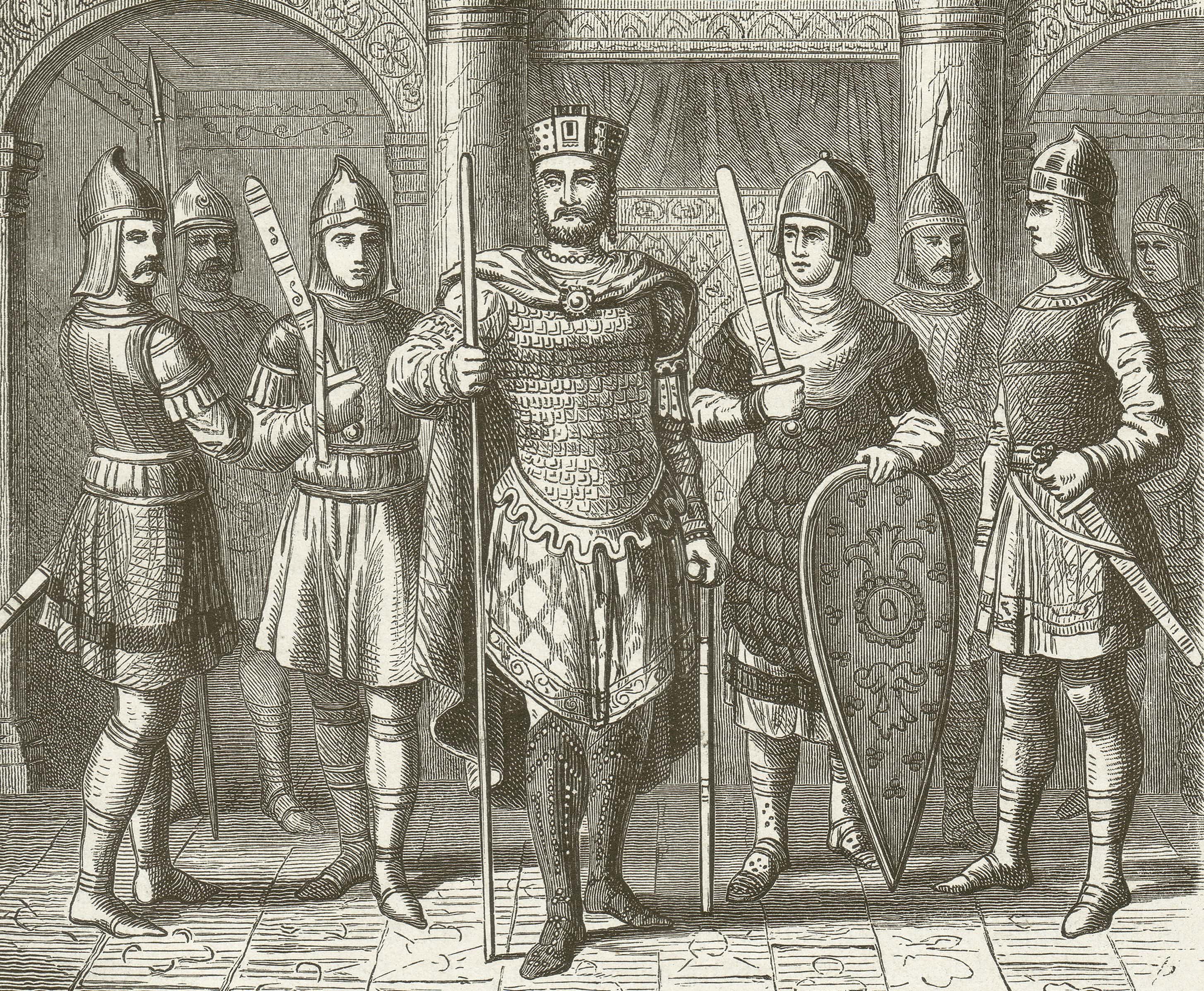



43 Imperial Facts About The Byzantine Empire
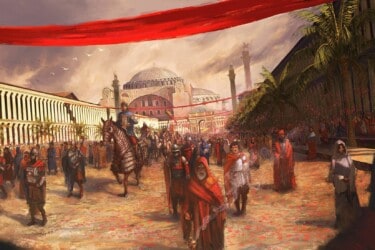



Lesser Known Byzantine Empire Facts
Byzantine social structures A central feature of Byzantine culture was Orthodox Christianity Byzantine society was very religious, and it held certain values in high esteem, including a respect for order and traditional hierarchies Family was at the center of society, and marriage, chastity, and celibacy were celebrated and respected The Byzantine Empire the historical truth vs a fabricated history Written by ORIENTAL REVIEW on For the average person, the term "Byzantium" evokes a number of negative associations Eastern despotism, political intrigues, backwardness, etc These memes are firmly rooted in public opinion, in the guise of proven historical factsByzantine Empire received Amida for 1,000 pounds of gold 526–532 War with the Byzantine Empire Treaty of Eternal Peace The Sasanian Empire keeps Iberia and the Byzantine Empire receives Lazica and Persarmenia;




10 Interesting Facts About Byzantine Empire Ohfact



The Byzantine Empire One God One Empire One
Contents 21 Early history 22 Christianization and partition of the Empire 23 Loss of the Western Roman Empire 24 Justinian dynasty 25 Shrinking bordersByzantine Empire History Culture Warfare Art and literature Religion According to Joseph Raya, "Byzantine culture and Orthodoxy are one and the same" The survival of the Empire in the East assured an active role of the Emperor in the affairs of the Church The Byzantine state inherited from pagan times the administrative, andIt's The Byzantine Empire!
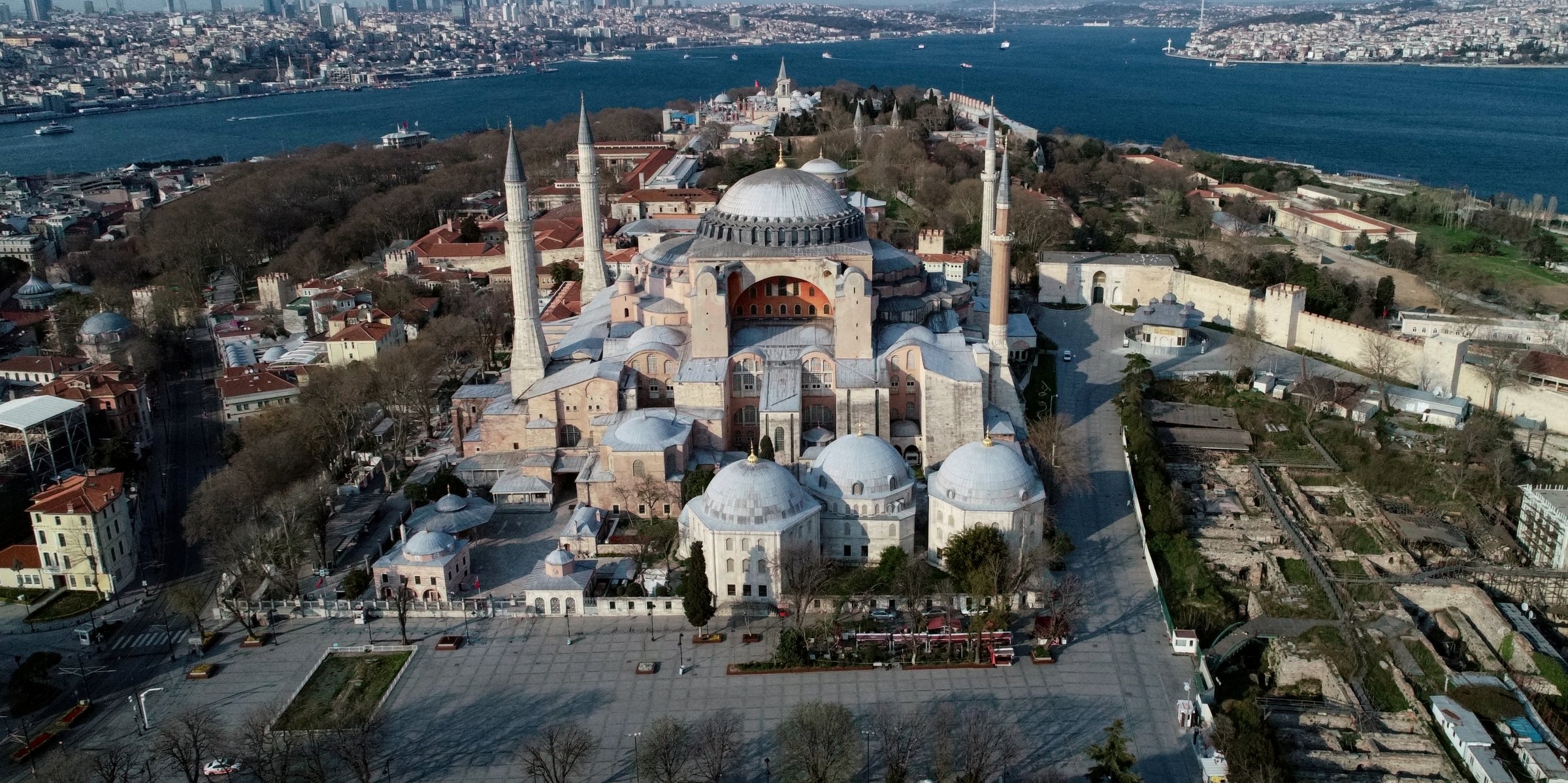



100 Byzantine Empire Facts Stills Surprise The World Country Faq




The Names Of The Greeks In Byzantine Era Ootoman Period And Modern Times Ta Onomata Twn Ellhnwn Apo Thn Byzantinh Periodo Kai Thn Toyrkokratia Mexri Thn Shmerinh Epoxh The Greeks Have
Byzantine Empire also known as the Eastern Roman Empire or Byzantium that lasted for 10 centuries after the fall of the Western It was one of the great empires in history Its name, which began to be used in the 16th century, comes from Byzantium, the ancient city on which its capital, Constantinople, was foundedThe eastern half of the ancient Roman Empire became the Byzantine Empire The Byzantine Orthodox Church One of the main differences that developed between the eastern and western halves of the Roman Empire was between Christianity and the church Christianity became the official religion of Rome in 380 AD ButBYZANTINE CHURCH, HISTORY OF The term "Byzantine Church," as used here, designates exclusively the official Church of and in the Byzantine Empire from the death of Justinian (565) to the fall of Constantinople (1453), and does not cover its Slavic offshoots nor the Melkite patriarchates of Antioch and Alexandria



The Divine Art Of Austerity And Piety In The Byzantine Empire 330 1453 Ad



Byzantine Vs Roman Empire
Byzantine Empire Map, History, Facts 1 Foundation of Constantinople The Roman Empire was wary of fighting the barbarians (Germanic Tribes and Goths) in the west and the Persians in the 2 The Division of the Roman Empire 3 Facts about the Byzantine Empire 4 Byzantine Monuments in The Byzantine Empire was founded by Constantinople in 330 AD and dissolved in 1453 Its thousands of years of existence gave rise to great architecture, art, beliefs and philosophers A predominantly Christian empire was now a Muslim state named Istanbul The fall of the Byzantine Empire marked the end of the Middle Ages and beginning of theByzantine Religion and Influence The official language of Byzantium at the time of its founding was Latin, the language of Rome;




10 Things You May Not Know About The Byzantine Empire History




Byzantine Empire World History Encyclopedia
Byzantine Empire facts While investigating facts about Byzantine Empire Map and Byzantine Empire Religion, I found out little known, but curios details like 800 years before the Black Death, the same bacteria cause plague in the Byzantine Empire At it's peak, the plague killed 5,000 per day in Constantinople how byzantine empire fell?Jewish communities existed in the Byzantine Empire throughout its history, from the foundation of Constantinople in 330 to the Ottoman conquest of the city in 1453 The centers of Jewish population and the status of the Jews there underwent drastic changes throughout this long period and shifted under the impact of events within and outside the empire The Byzantine Empire was the eastern continuation of the Roman Empire after the Western Roman Empire's fall in the fifth century CE Changes The Byzantine Empire shifted its capital from Rome to Constantinople, changed the official religion to Christianity, and changed the official language from Latin to Greek




Theodora Empress Biography Accomplishments Justinian Facts Britannica
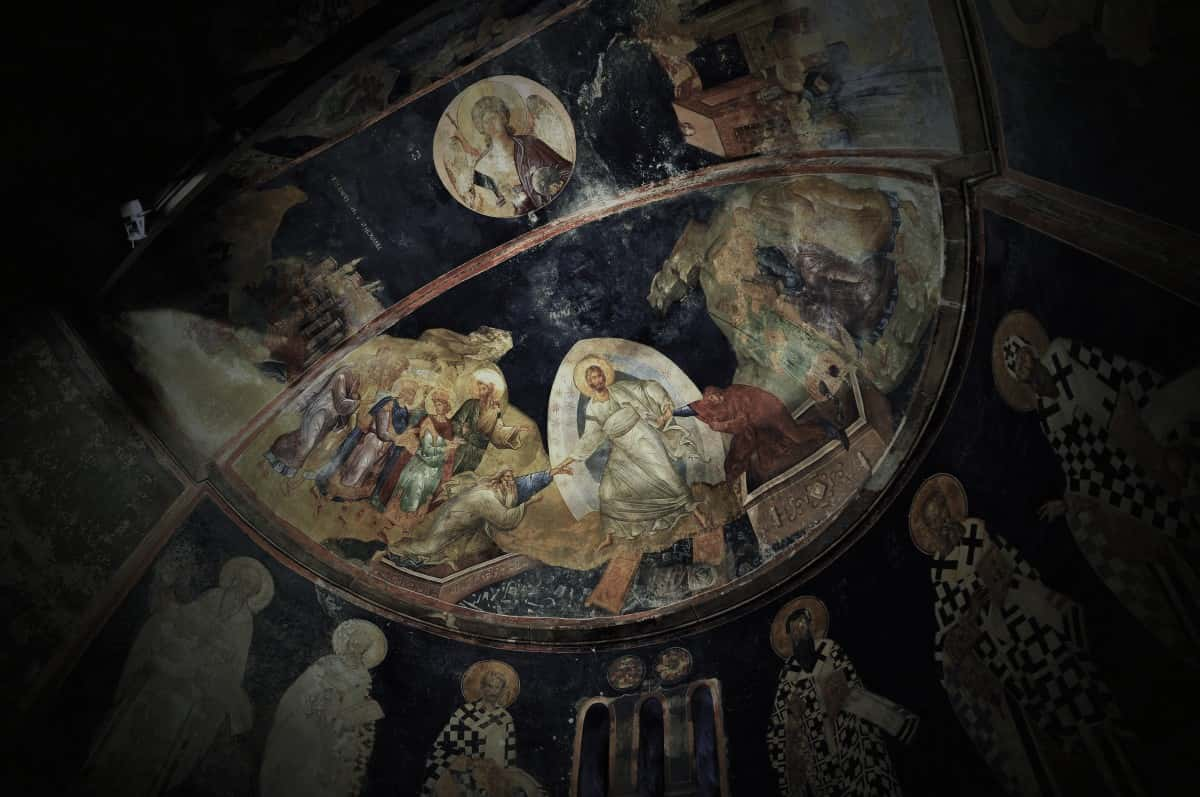



43 Imperial Facts About The Byzantine Empire
The Byzantine Empire was one of the longestrunning empires In 312 AD, Constantine the Great (Constantine I) rose to power after securing a resounding win at the Battle of the Milvian Bridge Constantine is believed to have laid the first bricks of the Byzantine Empire, establishing the Empire's famous capital, ConstantinopleThe Rise of Islam and the Bulgars; Religion The Byzantine Empire had a major influence upon Orthodox ChristianityThis was embodied in the Byzantine version of Christianity, which spread Orthodoxy and eventually led to the creation of the "Byzantine commonwealth" (a term coined by thcentury historians) throughout Eastern EuropeEarly Byzantine missionary work spread




Byzantine Empire Wikipedia



Byzantine Art Wikipedia
Eastern Orthodoxy, one of the three major doctrinal and jurisdictional groups of Christianity It is characterized by its continuity with the apostolic church, its liturgy, and its territorial churches Its adherents live mainly in the Balkans,We already have several videos talking about the Byzantine Empire which is really just a continuation of the Roman Empire after its fall and even call themselves the Roman Empire but what I want to do in this video is a bit of a deep dive to make sure we understand the different elements of continuity and change between what we consider the Roman Empire when it wasReligion, Art and Architecture in the Byzantine Empire Christianity took a particular form in the Byzantine Empire the Eastern Orthodox Church Missionaries won converts among Slavic peoples The church inspired a large body of art, such as illuminated manuscripts and icons, that would go on to influence art in Western Europe
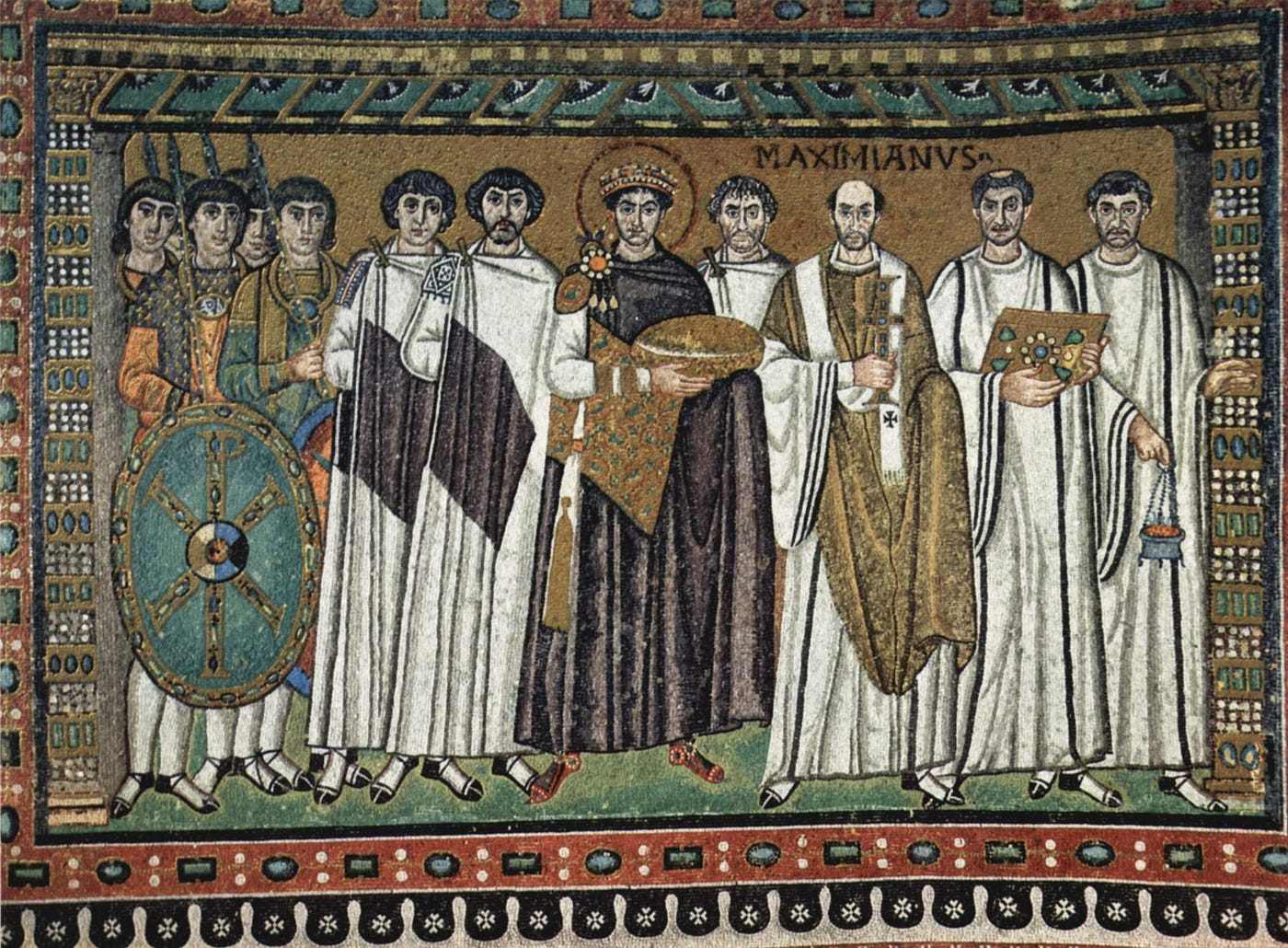



Ten Interesting Facts That Shaped The Byzantine Empire By Dimitrije Dragicevic Medium
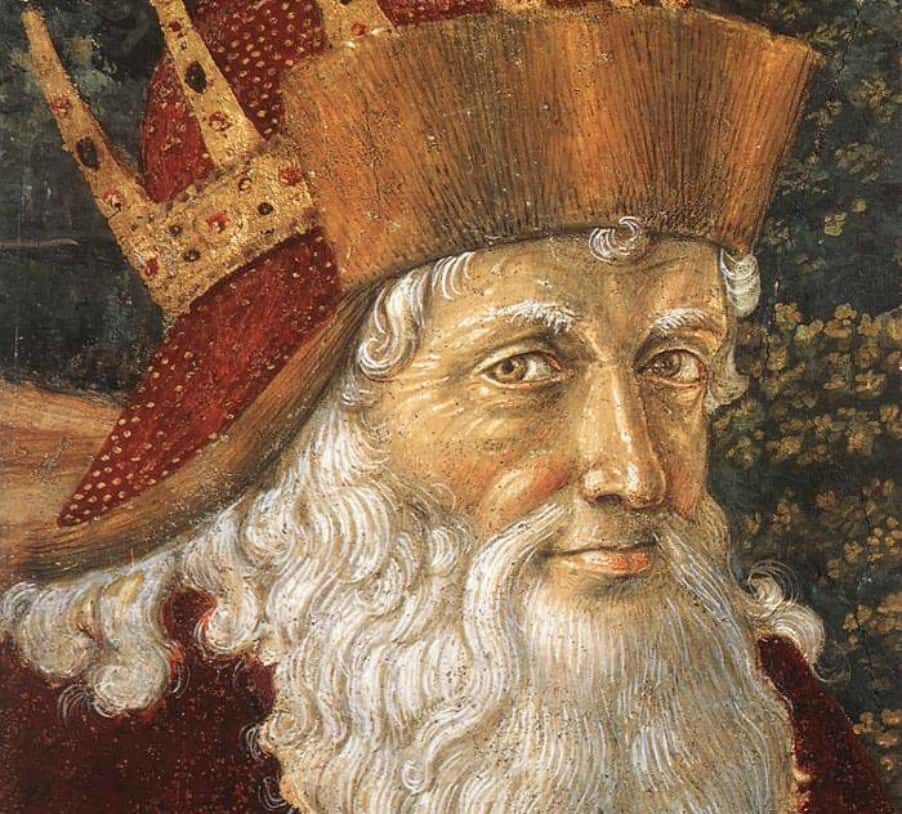



43 Imperial Facts About The Byzantine Empire
The Byzantine Empire influenced many cultures, primarily due to its role in shaping Christian Orthodoxy The modernday Eastern Orthodox Church is the second largest Christian church in the world Byzantine art from this period had a strong influence on the later painters of the Italian RenaissanceConstantine I by making Christianity legal, did not make Christianity the official religion of the Empire It was not until Emperor Gratian (West) and Spaniard Emperor Theodosius I (East), as Orthodox Emperors both East and West, that Christianity was made so The Latin Empire was a very different political entity from the Byzantine empire Religion doesn't really come into it Or did the Roman empire stop being the Roman empire when Constantine the Apostate converted to that Judean cult?




43 Imperial Facts About The Byzantine Empire




The Byzantine Empire The Capital Of The Eastern
Fun facts about the Byzantine Empire Byzantine art is almost entirely focused on religion The official language of the Byzantine Empire was Latin until 700 CE when it was changed to Greek by Emperor Heraclius Constantinople was attacked and plundered by The Rise of the Byzantine Empire The rise of the Byzantine Empire occurred simultaneously with the fall of the Roman Empire The power and influence of the Roman Empire began in the 3rd century CE, in a period that saw the empire plagued with civil wars caused by the collapse of administrative structures Byzantine architecture is a style of building that flourished under the rule of Roman Emperor Justinian between AD 527 and 565 In addition to extensive use of interior mosaics, its defining characteristic is a heightened dome, the result of the latest sixthcentury engineering techniques Byzantine architecture dominated the eastern half of




Lesser Known Byzantine Empire Facts



1
The history itself begins with Constantine and Christianity;However its locals spoke Greek The Code of Justinian was written in Latin However, over time, Greek replaced Latin as the language ofGolden Age of Byzantium () Encounter with the West and the Turks Komnenian Dynasty (1081 – 14) The Late Byzantine Empire (



1
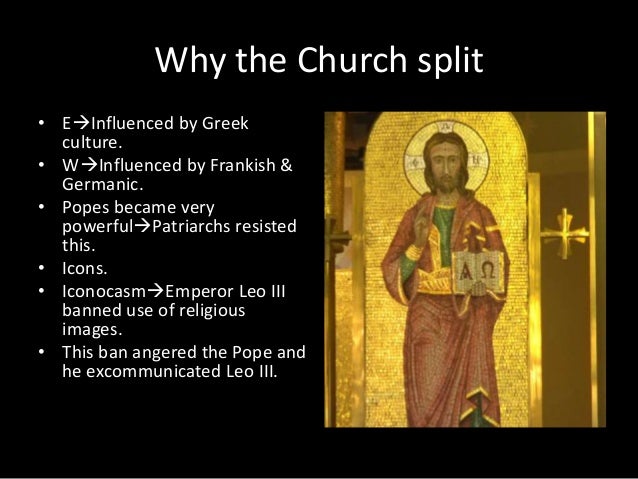



Byzantine Empire 7th Grade Ss
How did religion impact the Byzantine Empire?




Http Www History Com Topics Byzantine Empire Videos The Fall Of Rome The Byzantine Empire Had Territo Byzantine Empire Map Byzantine Empire Roman Empire Map
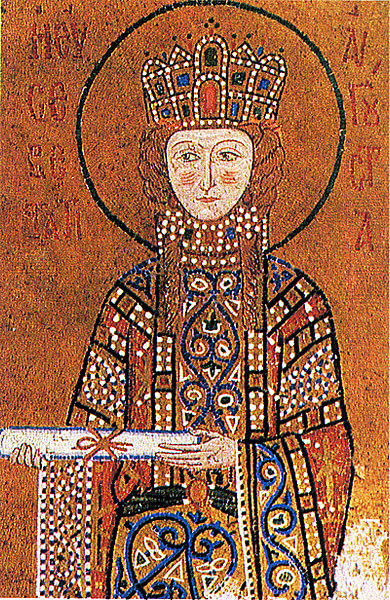



Women In The Byzantine Empire World History Encyclopedia
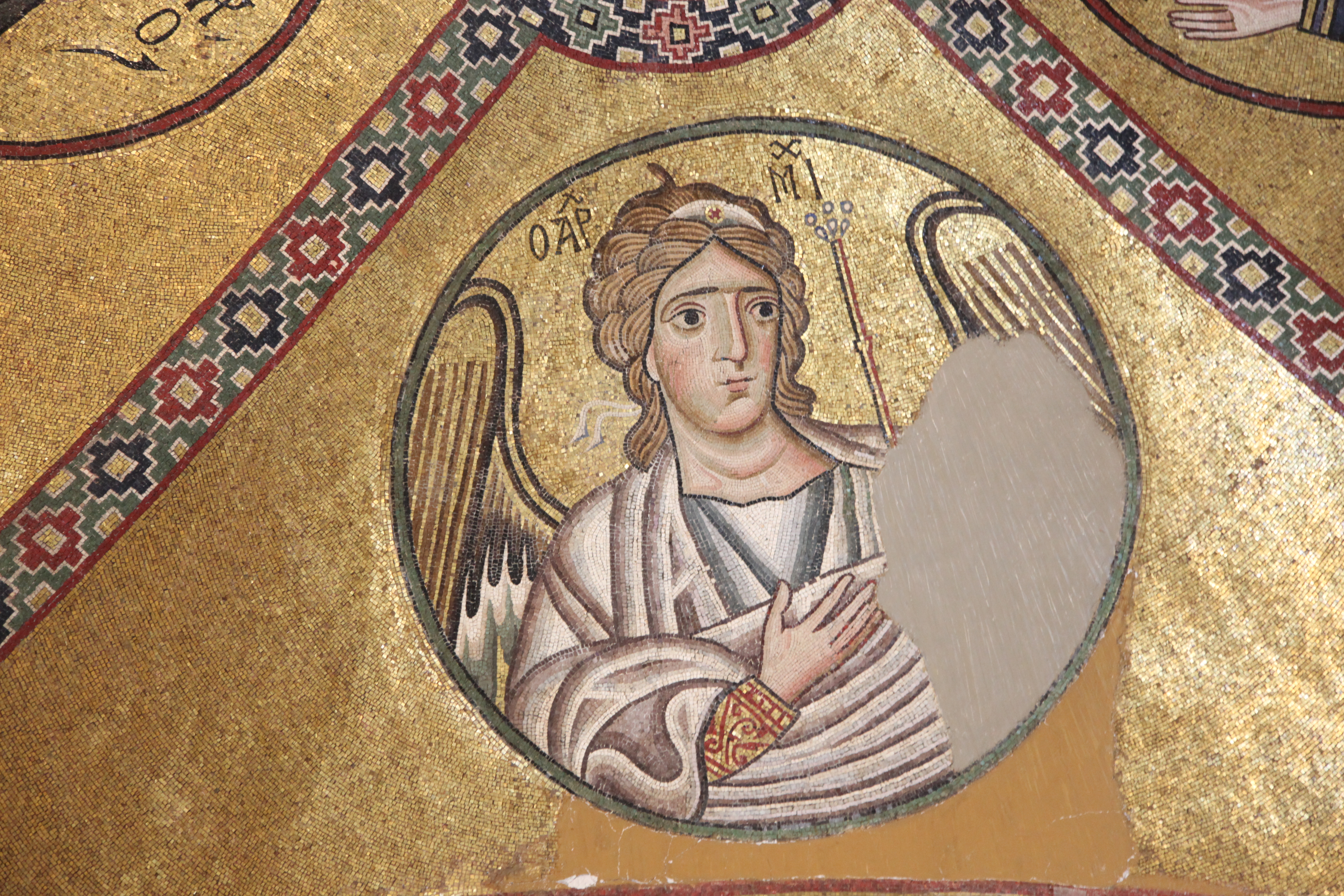



Byzantine Culture And Society Article Khan Academy




Byzantine Empire History Geography Maps Facts Britannica
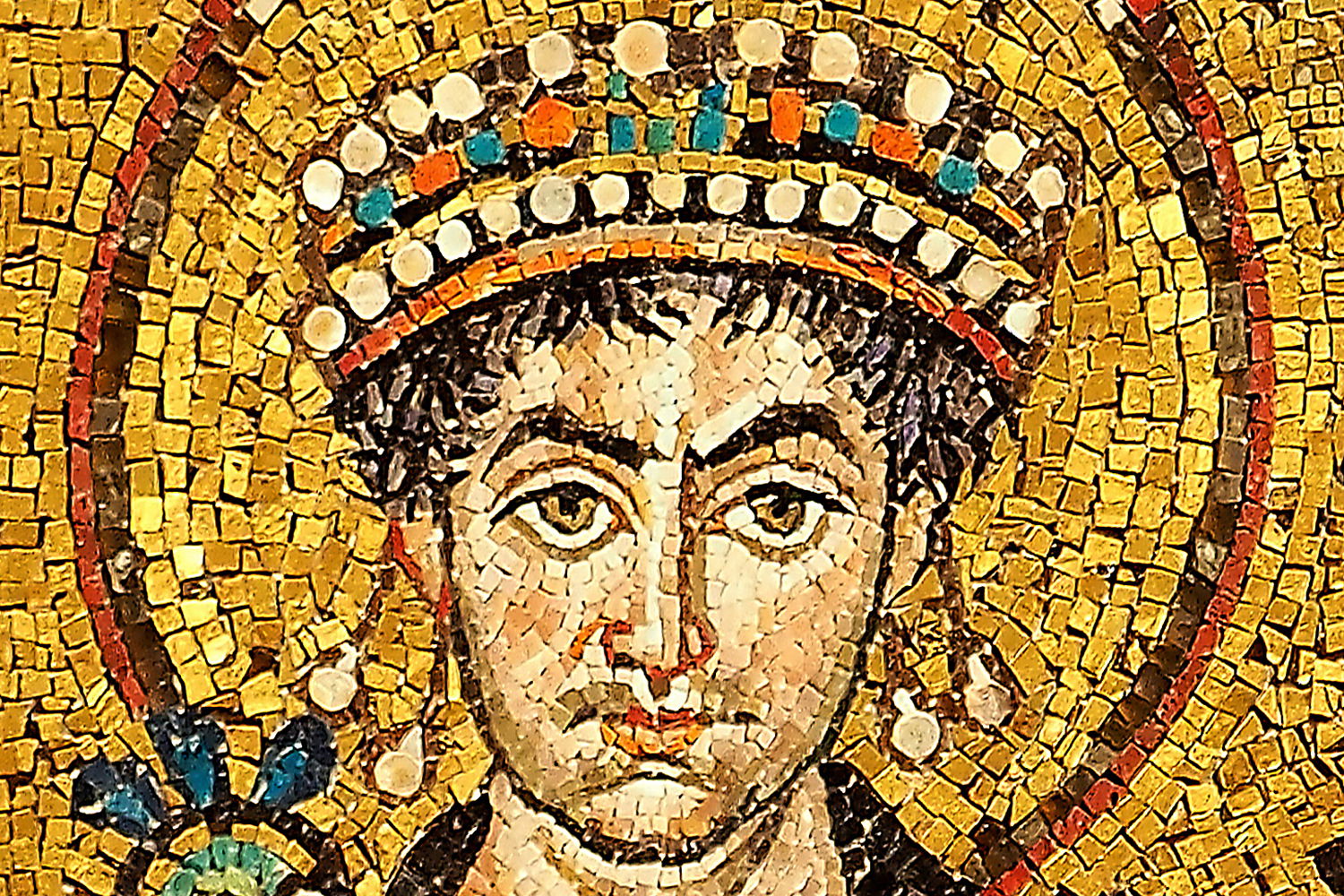



The Elusive Byzantine Empire History Today
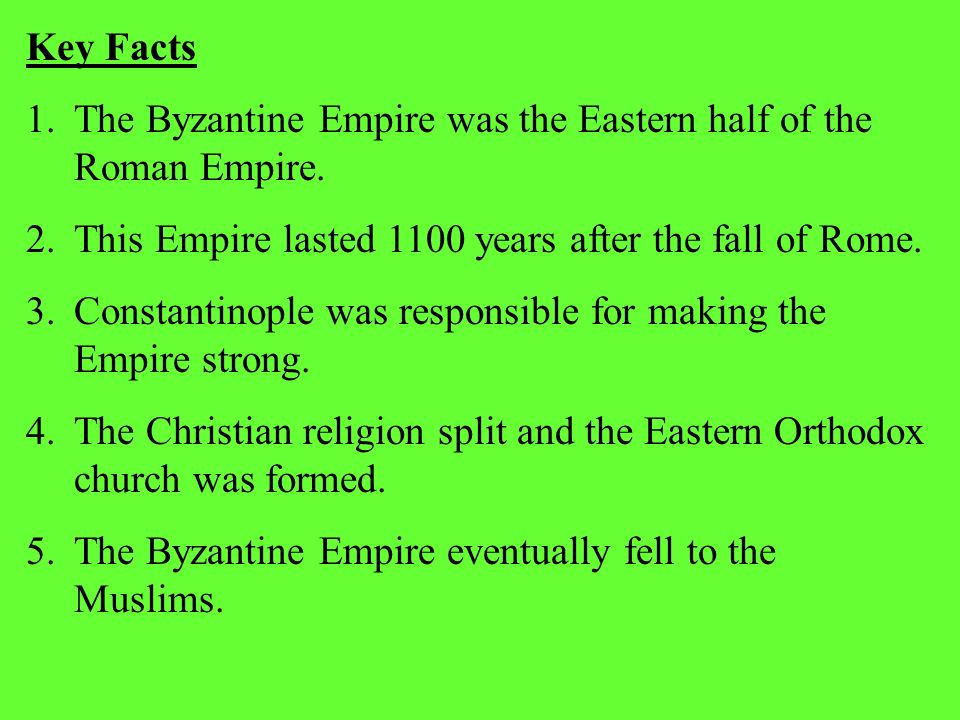



Emergence Of New Empires Ppt Download



10 Fascinating Facts You Should Know About The Byzantine Empire By Israrkhan Lessons From History Medium



Byzantium Ca 330 1453 Essay The Metropolitan Museum Of Art Heilbrunn Timeline Of Art History



Was The Byzantine Empire A Greek Empire If It Wasn T Then Why Didn T The Greeks Revolt And Try To Be Independent Like They Were Back In Ancient Greece Quora




Strangest Things The Peculiar Byzantine Empire Quiz Oupblog
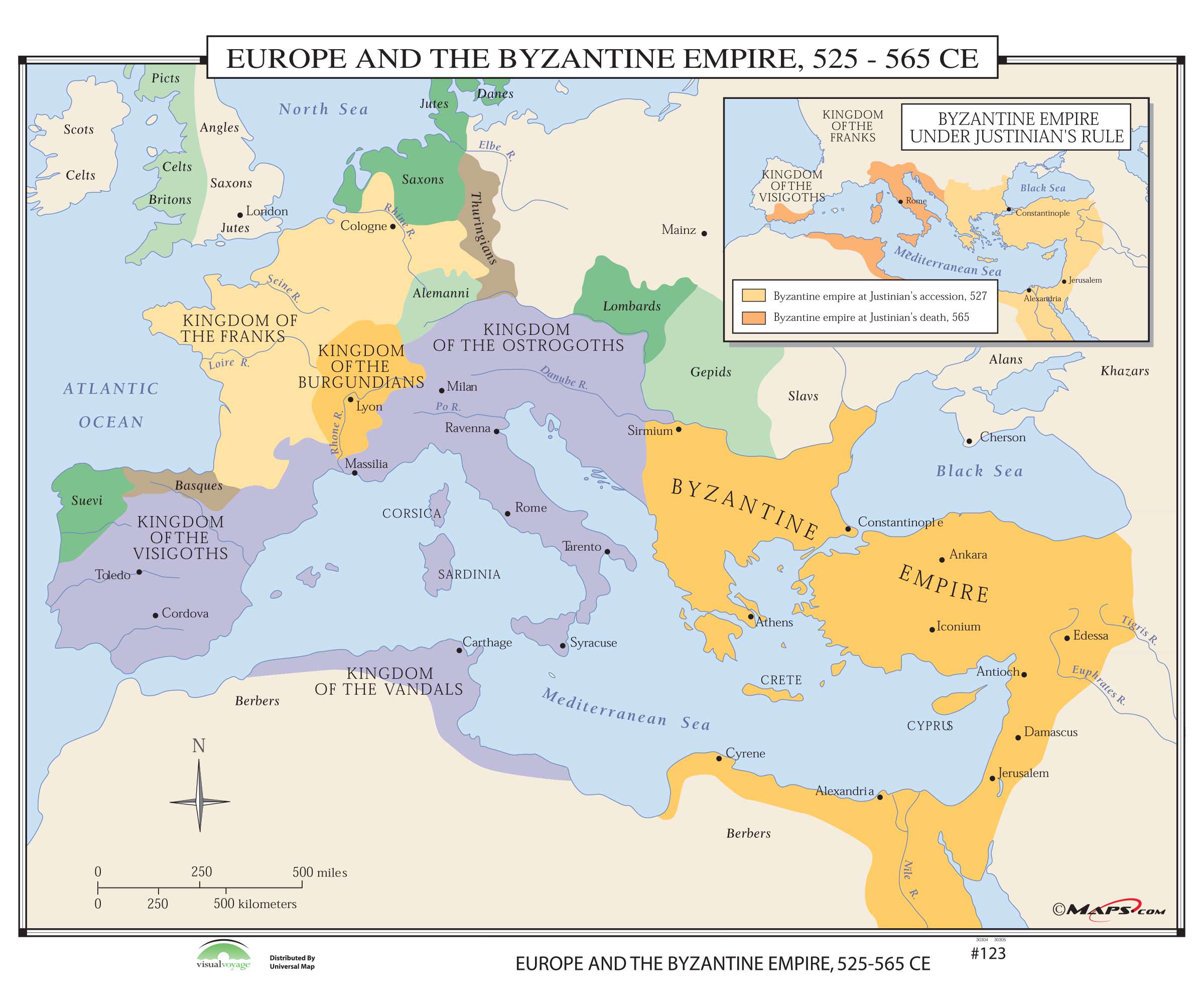



Resourcesforhistoryteachers The Byzantine Empire




Lesser Known Byzantine Empire Facts




The Byzantine Empire World History I The Byzantine



Corpuschristiisd Instructure Com Courses 2 Files Download Wrap 1




The Byzantine Empire History Culture Timeline Video Lesson Transcript Study Com
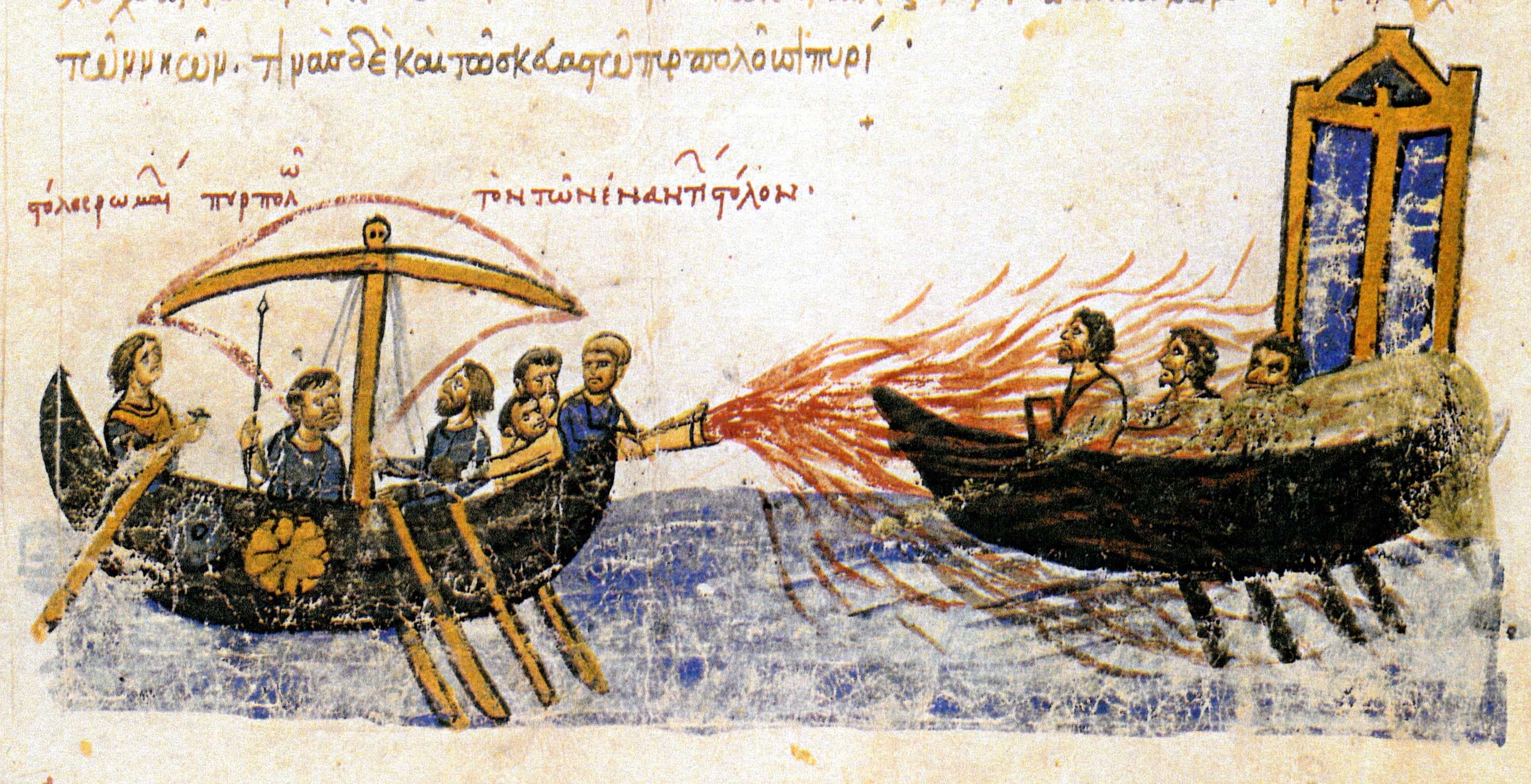



43 Imperial Facts About The Byzantine Empire



Rome The Byzantine Empire History S Historiesyou Are History We Are The Future
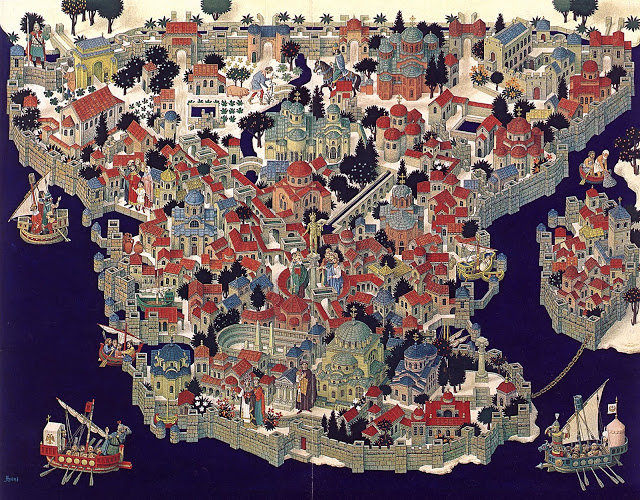



Byzantine Empire Iv Xv Century Historical Facts Short History Website




Byzantine Empire World History Encyclopedia




Byzantine Empire Definition Timeline Location History
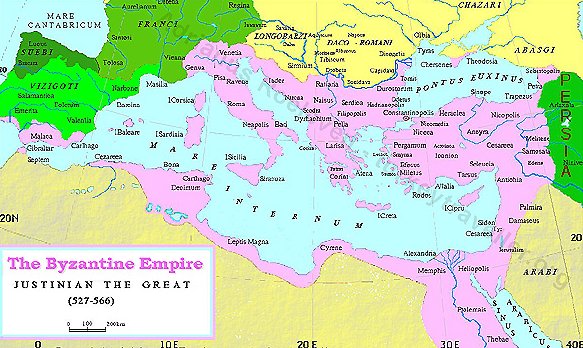



Byzantine Empire All About Turkey



Byzantium Ca 330 1453 Essay The Metropolitan Museum Of Art Heilbrunn Timeline Of Art History




10 Things You May Not Know About The Byzantine Empire History




Byzantine Empire History Geography Maps Facts Britannica



The Byzantine Empire Ppt Download
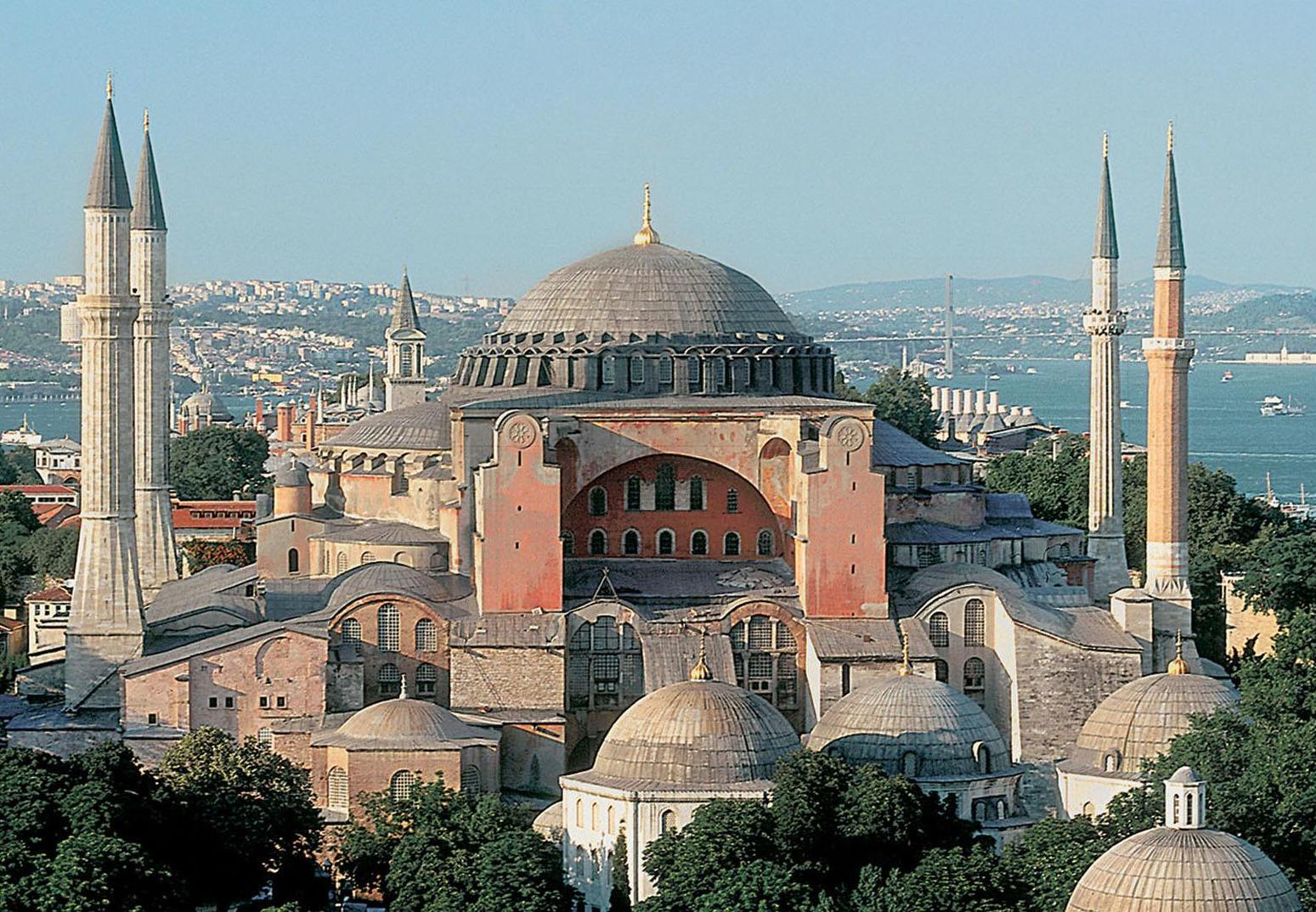



10 Interesting Facts About Byzantine Empire Ohfact




The Byzantine Empire Sswh 4 A B C




History Of The Byzantine Empire Wikipedia
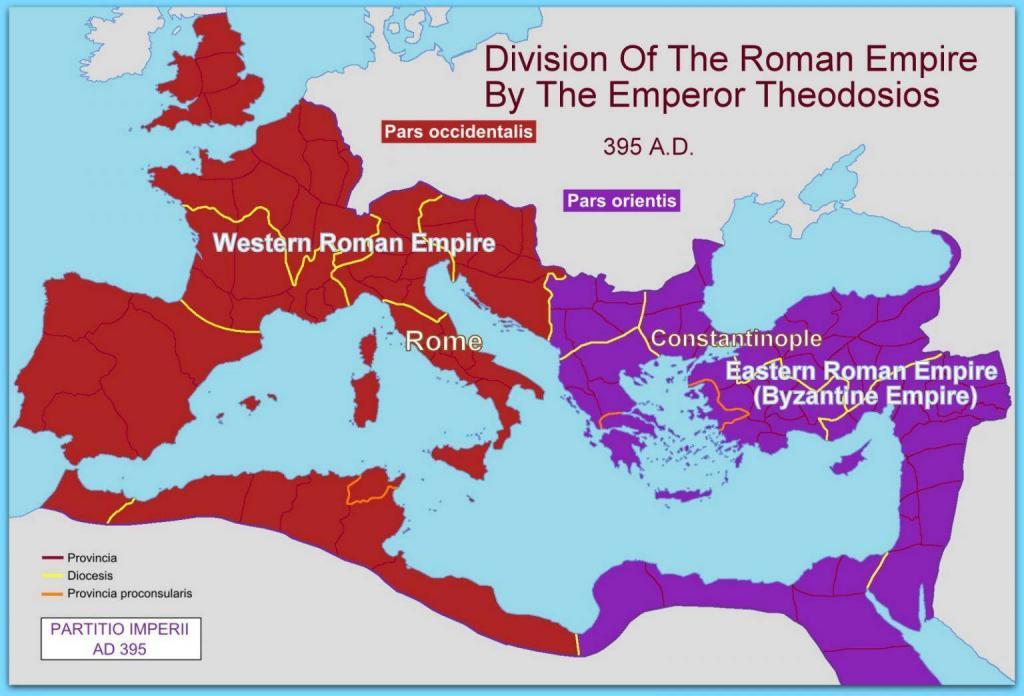



Byzantine Empire Map History Facts Istanbul Travel Blog




What Religion Did The Byzantine Empire Practice Study Com




10 Interesting Facts About Byzantine Empire Ohfact




Byzantine Empire World History Encyclopedia




Byzantine Empire Definition Timeline Location History




Justinian I Biography Accomplishments Facts Religion Hagia Sophia Wife Britannica




The Fall Of Rome The Roman Empire The
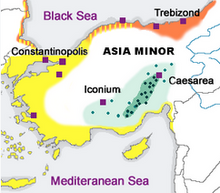



Byzantine Empire Wikipedia
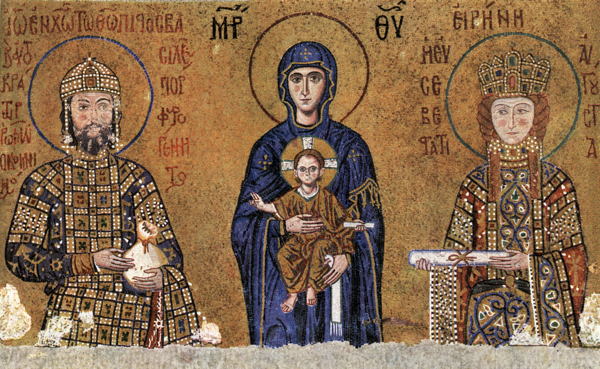



10 Interesting Facts About The Byzantine Empire Listverse
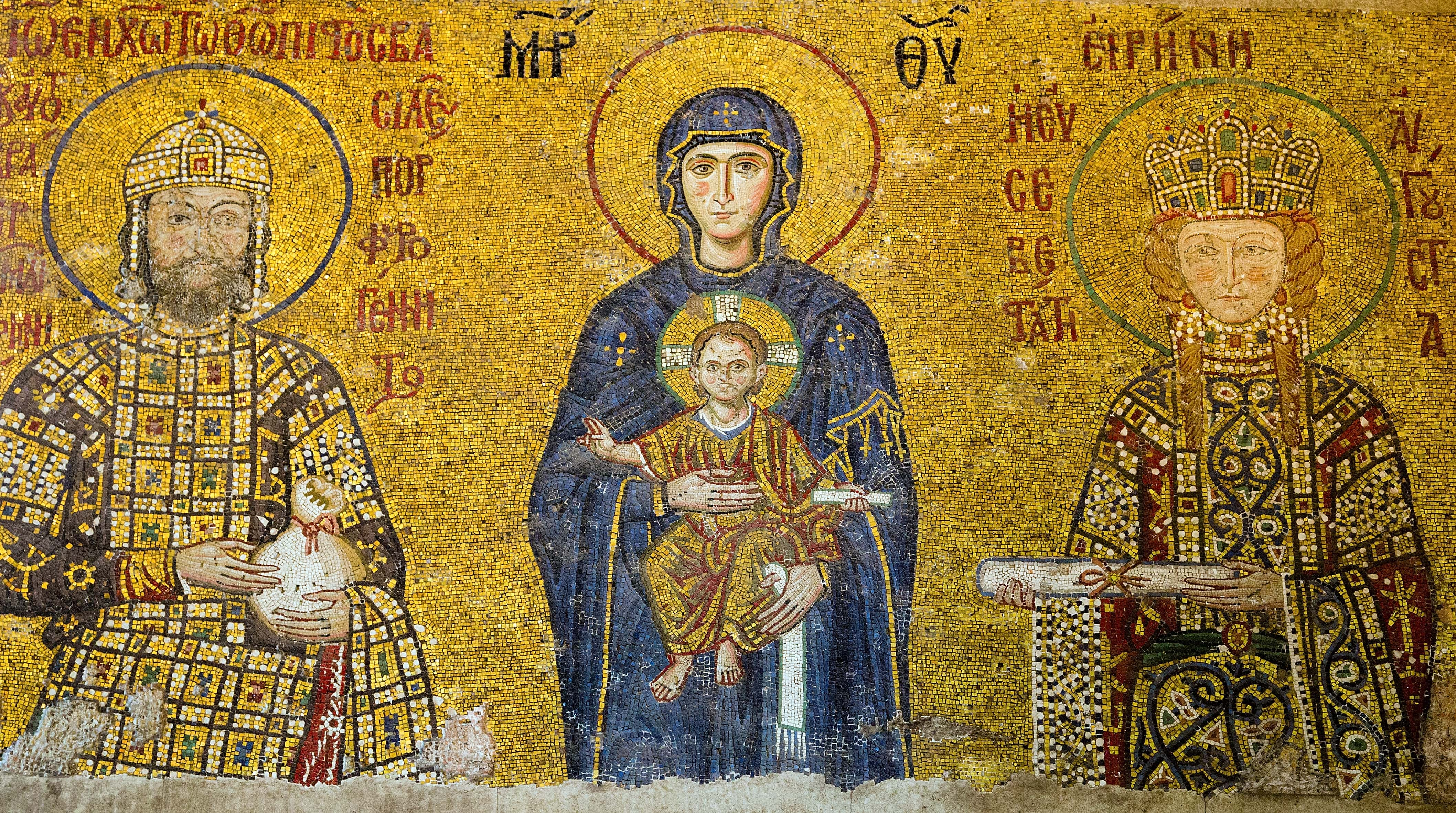



43 Imperial Facts About The Byzantine Empire




Byzantine Empire Map At Its Height Over Time Istanbul Clues Byzantine Empire Byzantine Empire Map Byzantine



The Byzantine Empire Land Of The Bible
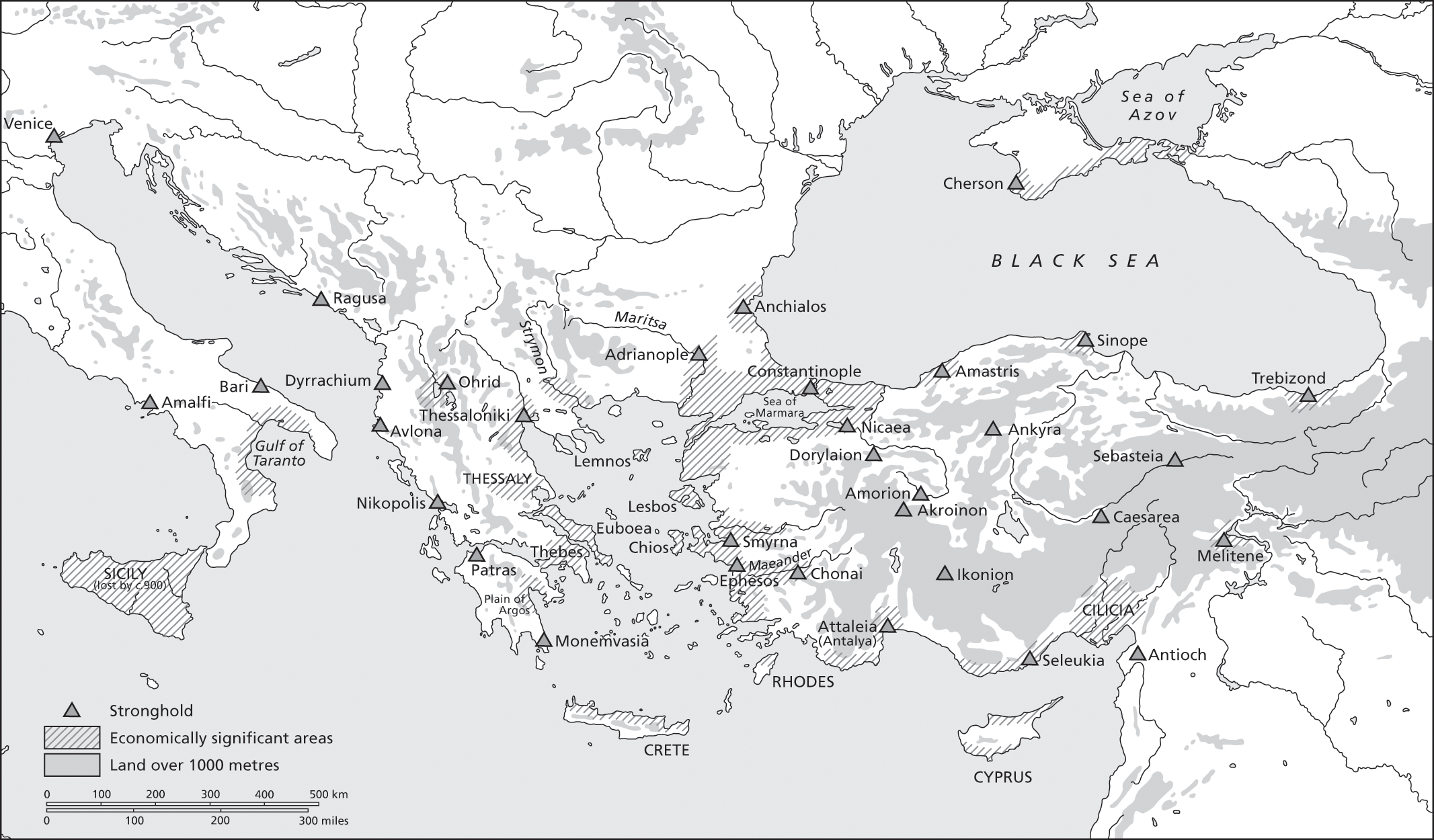



General Introduction The Cambridge History Of The Byzantine Empire C 500 1492



10 1 Byzantine Empire
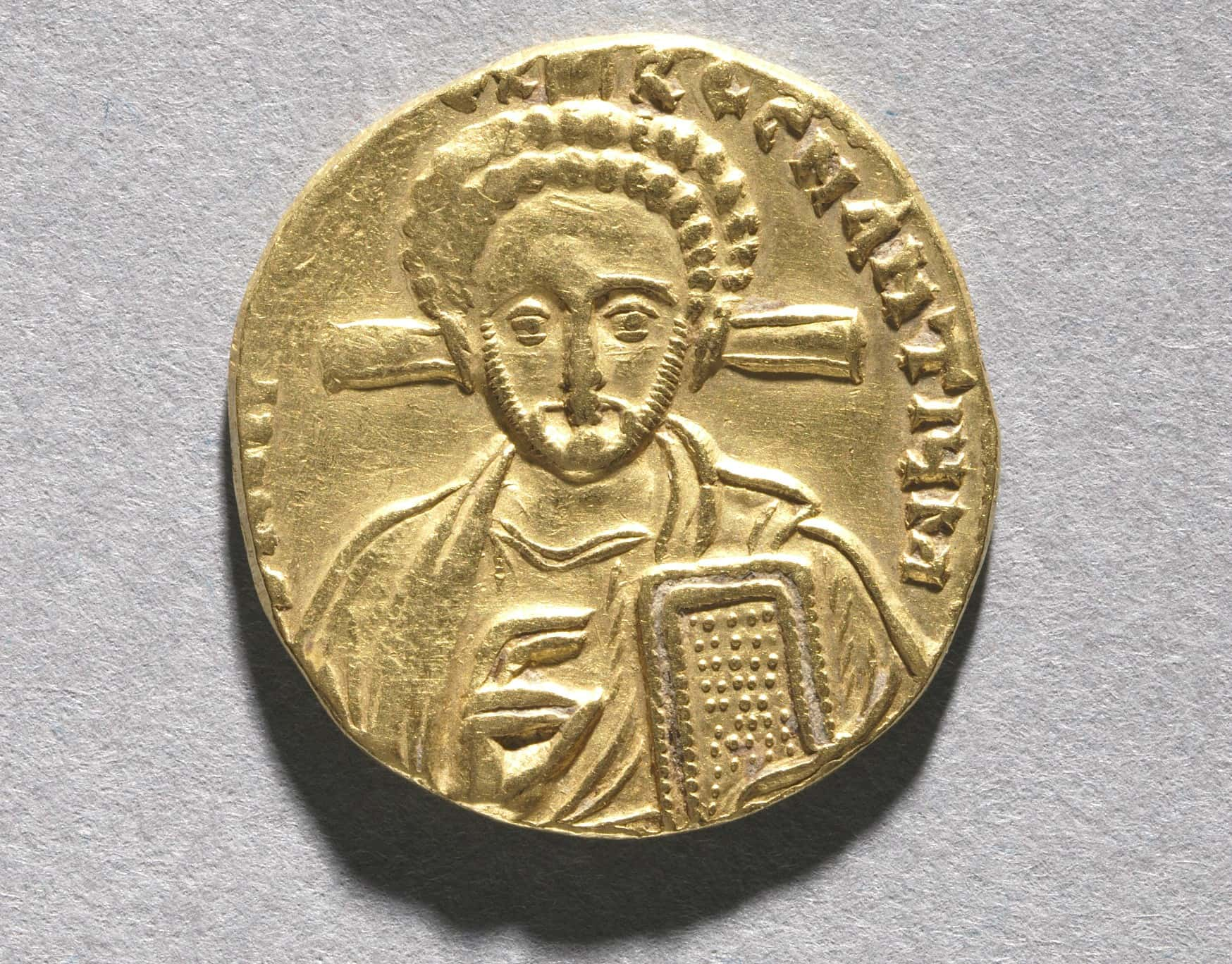



43 Imperial Facts About The Byzantine Empire




Byzantine Life Culture Government And Economics Facts And Details



Byzantium Ca 330 1453 Essay The Metropolitan Museum Of Art Heilbrunn Timeline Of Art History
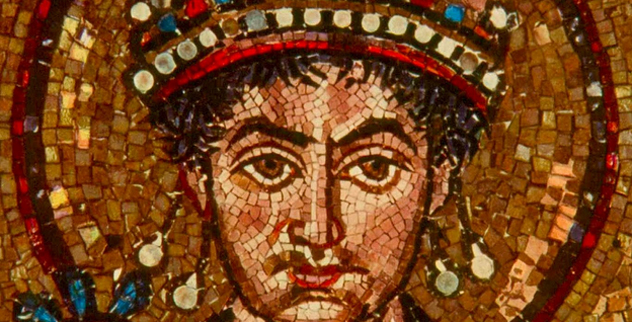



10 Interesting Facts About The Byzantine Empire Listverse
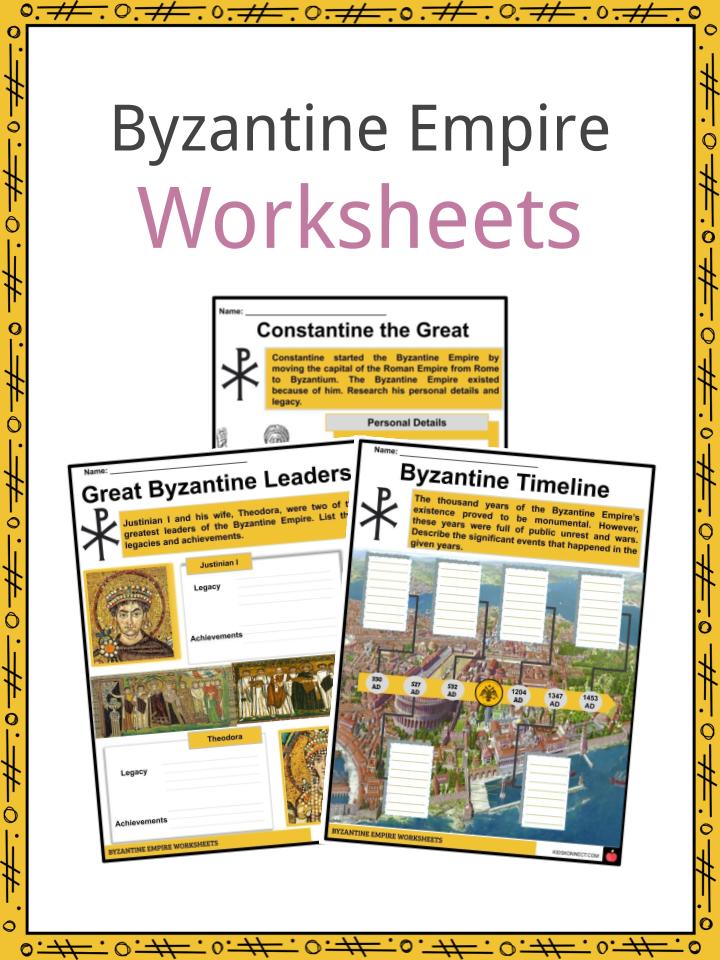



Byzantine Empire Facts Worksheets History For Kids




Byzantine Empire Map History Facts Istanbul Travel Blog



The Religious Relationship Between Byzantium And The West Essay The Metropolitan Museum Of Art Heilbrunn Timeline Of Art History




The Byzantine Empire The Middle Ages Facts For Kids




What Can We Learn From Byzantine Diplomacy Diplo




Society In The Byzantine Empire World History Encyclopedia




10 Things You May Not Know About The Byzantine Empire History




The Byzantine Empire



Q Tbn And9gcqikbj17hcrekncengblzg57ahrvhucop7gzqdsx4l3ybwioibr Usqp Cau



Corpuschristiisd Instructure Com Courses 2 Files Download Wrap 1
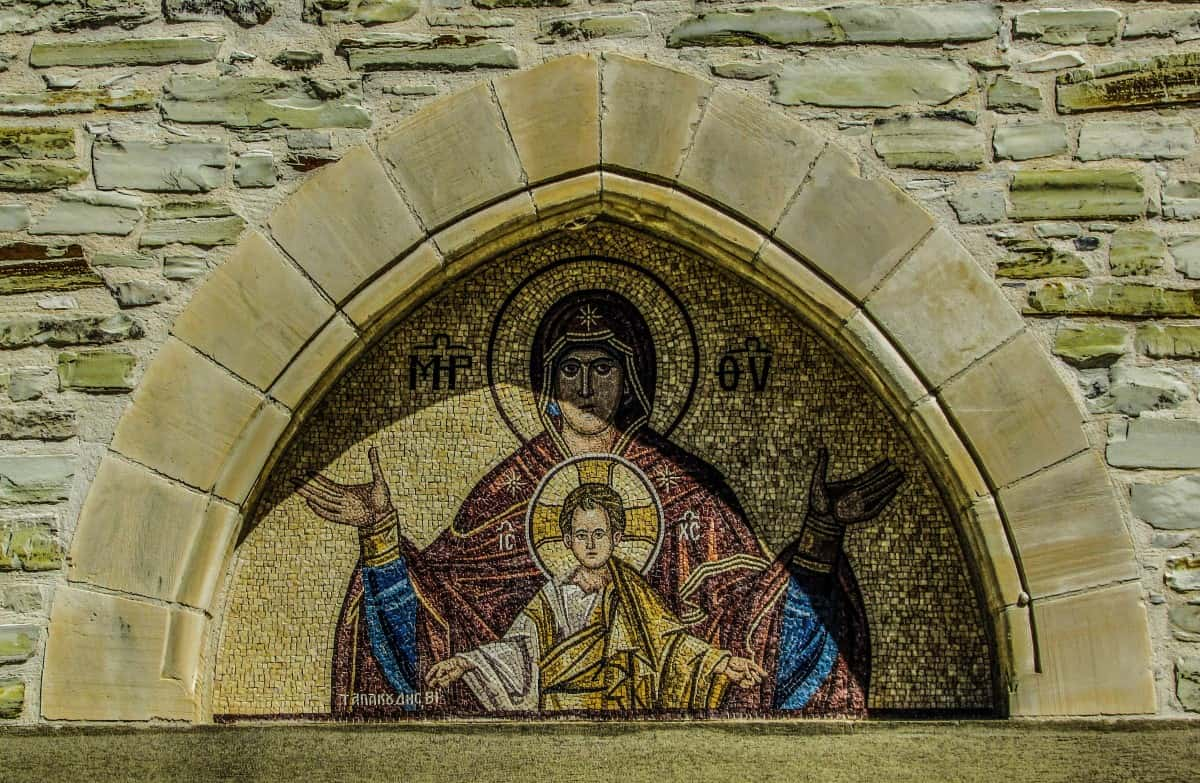



43 Imperial Facts About The Byzantine Empire
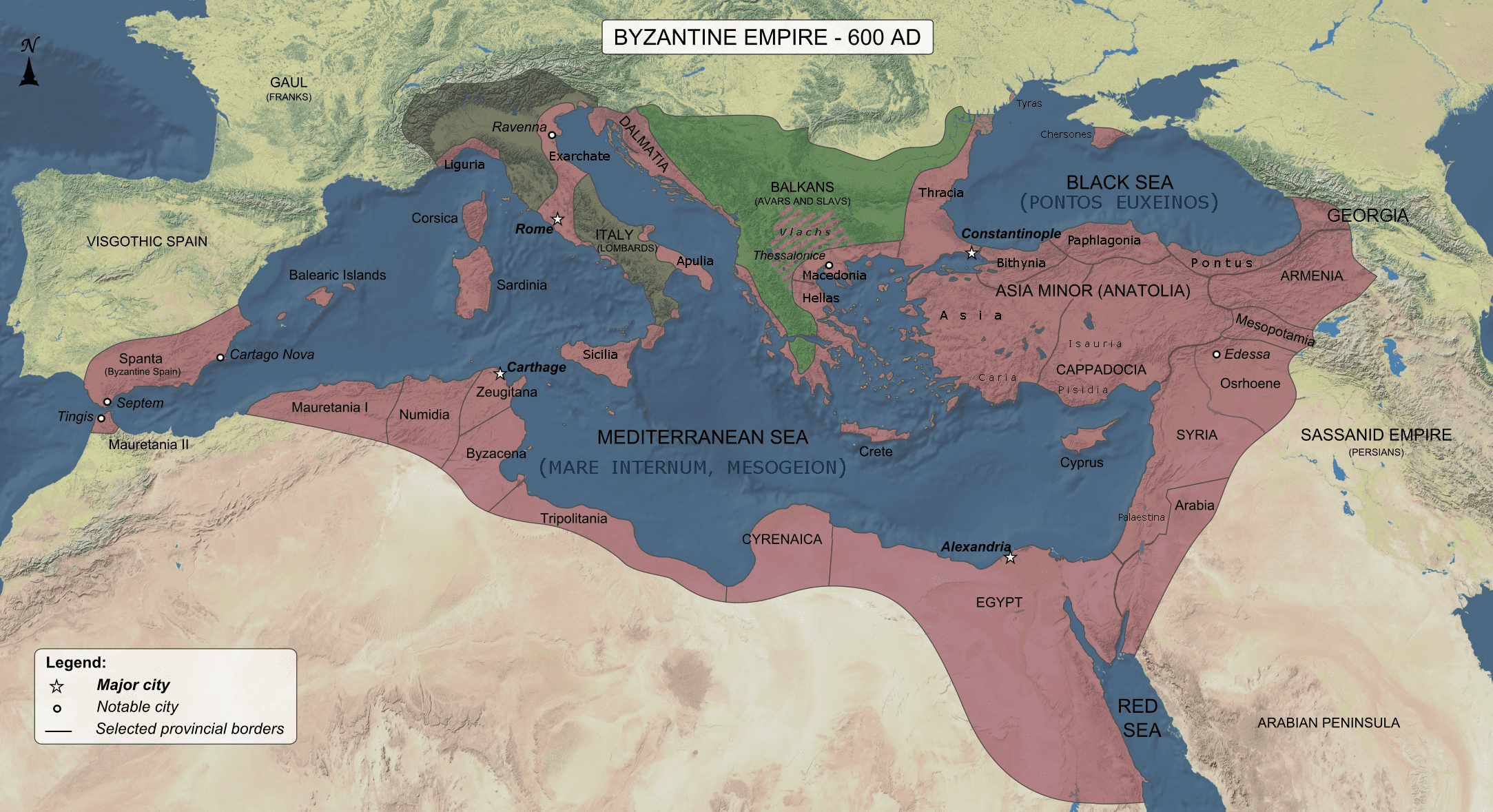



43 Imperial Facts About The Byzantine Empire
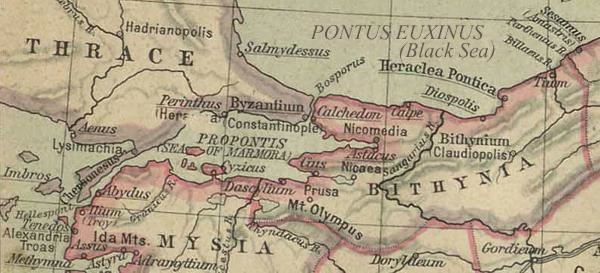



10 Interesting Facts About The Byzantine Empire Listverse




Byzantine Literature Wikipedia
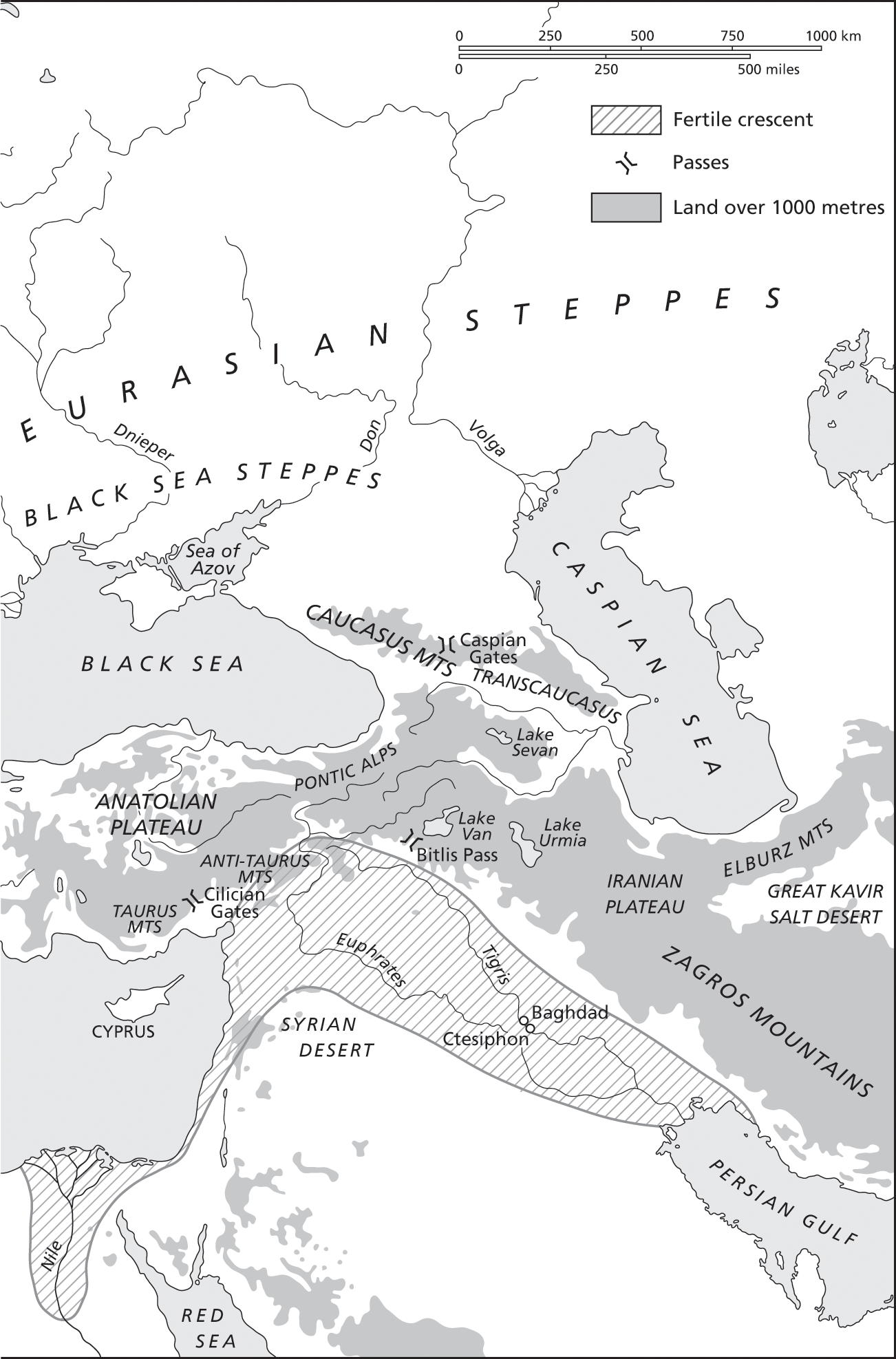



General Introduction The Cambridge History Of The Byzantine Empire C 500 1492




Justinian I Biography Accomplishments Facts Religion Hagia Sophia Wife Britannica




Byzantine Iconoclasm And The Triumph Of Orthodoxy Article Khan Academy




Comparing Roman And Byzantine Empires Video Khan Academy




100 Byzantine Empire Facts Stills Surprise The World Country Faq




The Late Classical Religions Of The Byzantine East Roman Empire 325 Ad To 1453 Ad We The Ecoumenists Exontes Zilon For An Oecoumenic Polis
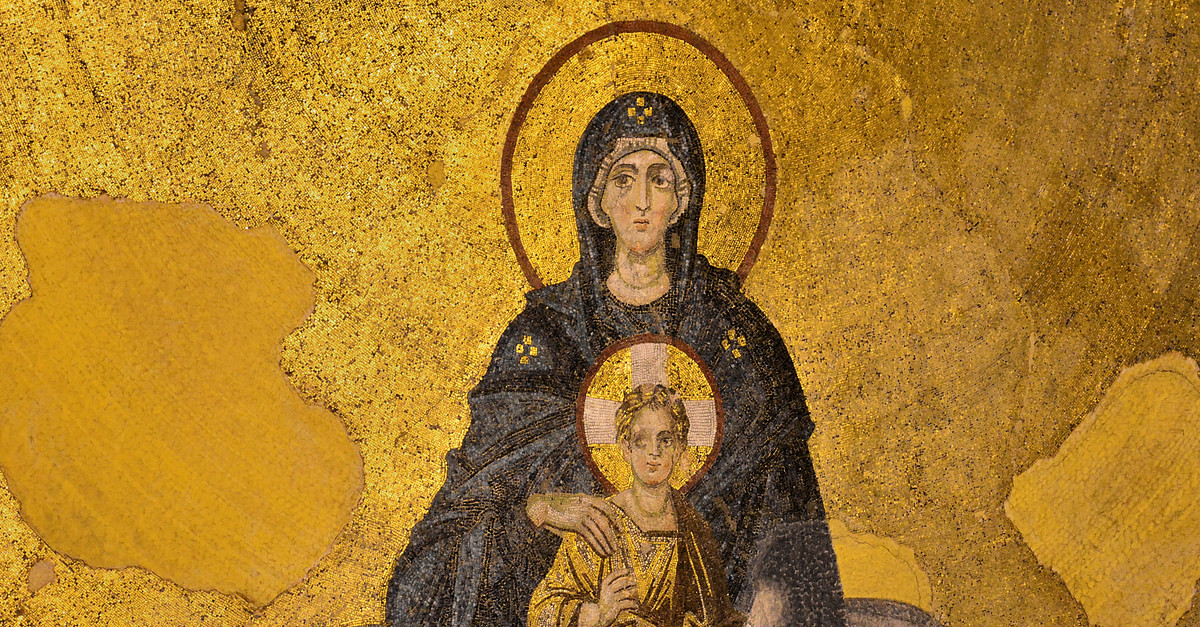



Byzantine Empire World History Encyclopedia




Byzantine Empire Major Facts About One Of History S Longest Running Empires World History Edu
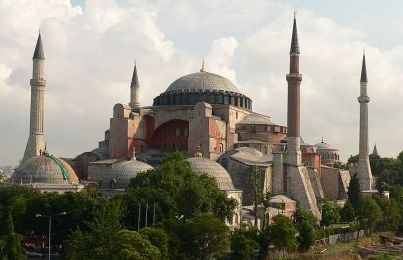



Middle Ages For Kids Byzantine Empire




Byzantine Empire World History Encyclopedia




43 Imperial Facts About The Byzantine Empire




43 Imperial Facts About The Byzantine Empire




Byzantine Empire Wikipedia




Ancient Egypt Egypt S Role In The Byzantine Empire Britannica



2
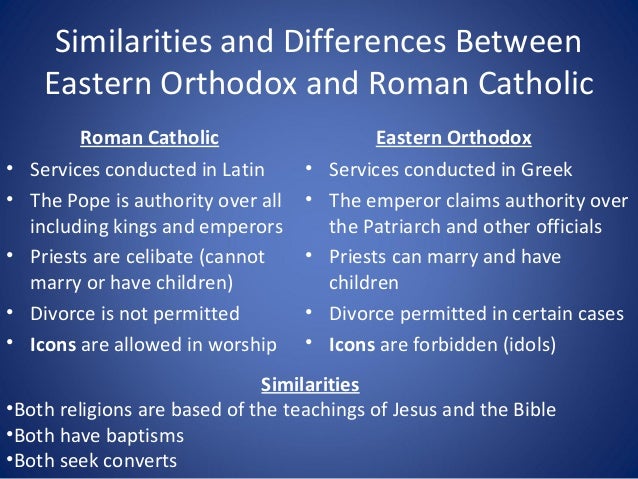



The Byzantine Empire




Byzantine Empire World History Encyclopedia
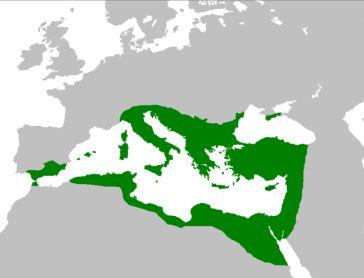



Middle Ages For Kids Byzantine Empire



0 件のコメント:
コメントを投稿